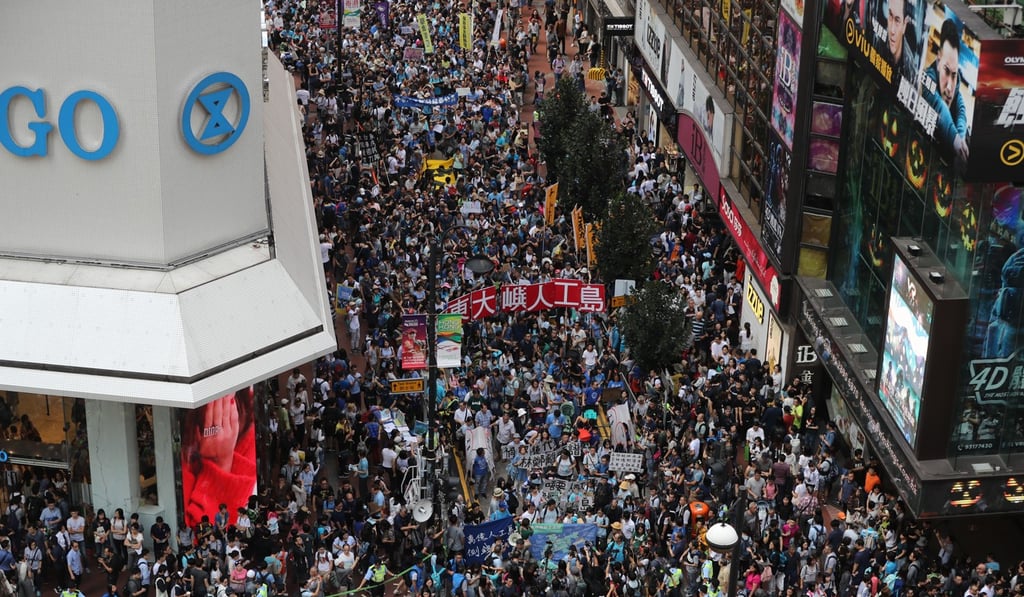Hong Kong leader Carrie Lam bulldozes ahead with Lantau Island reclamation idea...but at what cost?
- Thousands of residents have already excoriated the massive plan, while questions remain over what it does to the land supply task force, how much it will cost, and whether it can pass the legislature

It was one of the largest demonstrations in Hong Kong this year, with an estimated turnout of 6,000.
“No artificial islands!” the protesters chanted, as they marched through the business district of Hong Kong Island, on October 14. “We have a say in Hong Kong’s tomorrow!”
Observers said it was remarkable so many turned up, just days after Chief Executive Carrie Lam Cheng Yuet-ngor announced a massive reclamation project to add 1,700 hectares for a new metropolis and homes for 1.1 million people.
Lam did not put a price tag on the project east of Lantau Island, which is expected to cost upwards of HK$500 billion (US$63.8 billion) and take the next two or three decades to complete.

“Pouring money into the sea,” read the placards some protesters carried.
“Disaster for generations to come,” read others.